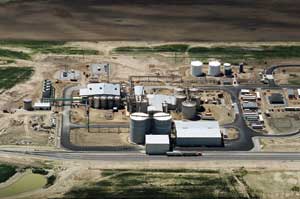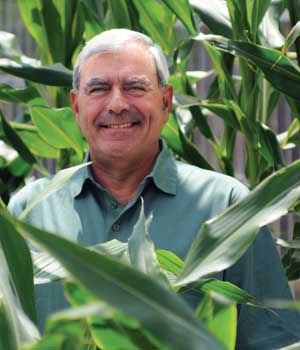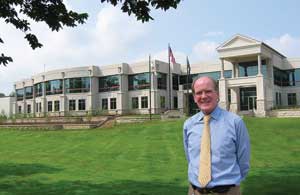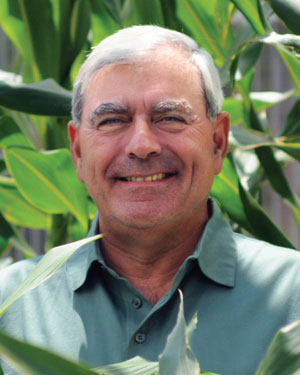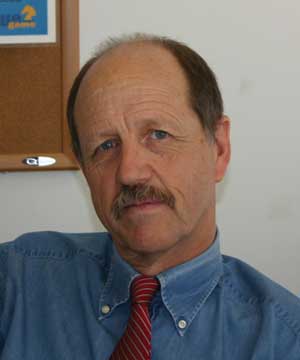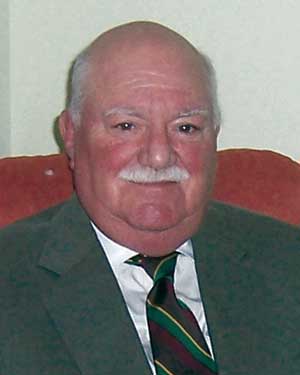October 2008
 View Full Print Edition
View Full Print EditionBusiness Briefs
Columns
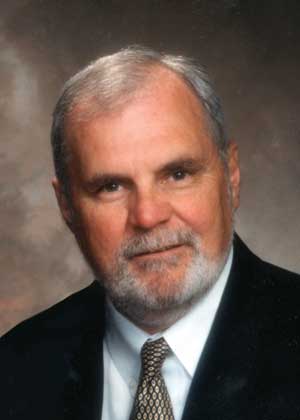
Hurricane Season Should Spur Ethanol Support
By Mike Bryan
Several Facilities Near Completion
By Jessica Sobolik

The Implications of Plant Optimization Activities
By John Eustermann and Randy Shefman

Trash Talk
By Art Wiselogel

Can We All Just Work Together?
By Rona Johnson

Alternative Feedstocks Remain in Spotlight
By Jessica Sobolik

Biodiesel Bill Creates Triple-Win for Pennsylvania
By Ben Wootton
Growth Through Consolidation: The Customer's Impact
By Jeff Stroburg
Featured

Overtaxed and Under-Reviewed: A Simple Way to Save Money
By Jesse McCurry
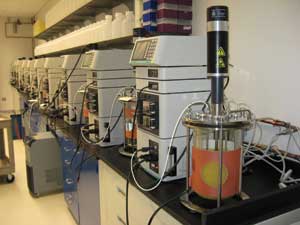
In the Lab
By Jessica Ebert
PhibroChem, the New Jersey-based supplier of antimicrobials for the ethanol industry worldwide, recently opened a new laboratory in St. Paul, Minn., dedicated to expanding its customer service diagnostic work, research and development for the next generation of products for the biofuels industry.
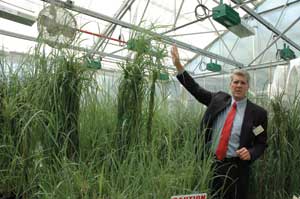
Building Better Energy Crops
By Kris Bevill
Seeds will play a vital role in the advancement of the crops needed to produce second-generation biofuels. EPM talks to Ceres Inc., a seed plant genomics firm, about its now widely available commercial energy crop seed and the switchgrass seed it is offering for the 2009 planting season.
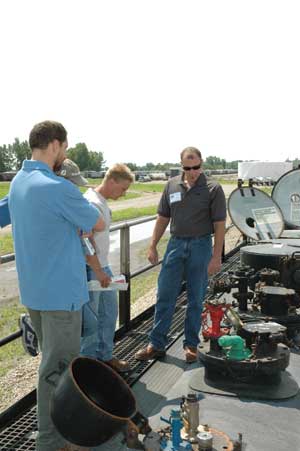
Staying on Track
By Ryan C. Christiansen / Story & Photos
Transporting ethanol safely via rail begins at the ethanol plant or terminal.
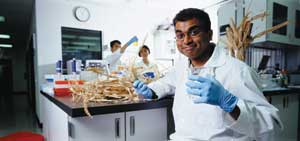
If You Build it …
By Suzanne H. Schmidt
Two enzyme companies, Novozymes and Genencor, have made plans to branch out into the Midwest to better serve their ethanol producing customers in the Corn Belt.

Rail-to-Truck Ethanol Terminals
By Erin Krueger
Large rail terminals that can handle ethanol unit trains are poised to be an integral part of transporting the fuel in the future. The ability to quickly and inexpensively move ethanol long distances becomes more important as our renewable fuel consumption increases. Several companies have recognized this opportunity and are adding ethanol capacity.
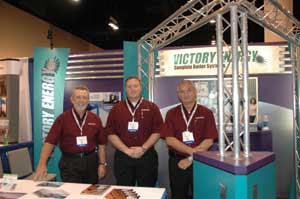
A Taste of Victory
By Anna Austin
When John Viskup and Jim Sponder established Victory Energy Operations LLC in 1999, ambitions were high—but neither expected the company to hit the milestones it has in such a short time. In less than 10 years the company has grown from 3 to 320 employees.
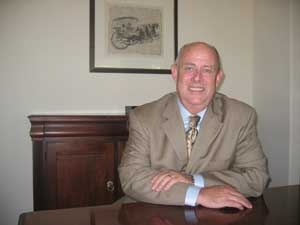
In Dynamic Pursuit of Efficiency
By Ron Kotrba
Production efficiency is critical in this tough economic environment. A U.K.-based company is working toward commercial availability of its ethanol reactor tower, which uses atomized steam to release intracellular starch in the cook process to boost fermentation efficiency. EPM takes a look at this technology.

Beefing Up Barley
By Susanne Retka Schill
In the ethanol world barley may be corn's poor cousin, but research efforts have made it an attractive feedstock option in the U.S. mid-Atlantic region.

Making the Most of Every Dollar
By Bryan Sims
Despite record-high corn prices, most ethanol producers have managed to stretch their dollars to keep operating at or near break-even. Now that corn prices have started to come down to a more manageable level, producers' margins could start to improve.
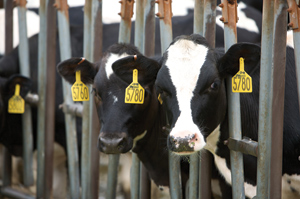
Powerful Relationships-It's the Talk of Tualco Valley
By Ryan C. Christiansen / Photos by Matt Hagen
In the Pacific Northwest, a cooperative effort among environmentalists, dairy farmers and local Indian tribes to produce renewable energy is proving that we can all just get along.
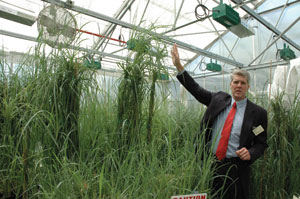
Building Better Energy Crops
By Kris Bevill
Seeds will play a vital role in the advancement of the crops needed to produce second-generation biofuels. Biomass Magazine talks to Ceres Inc., a seed plant genomics firm, about the switchgrass seed it is offering for the 2009 planting season.
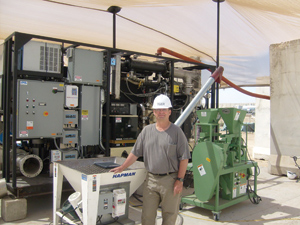
Trash Tactics in Iraq
By Anna Austin
As would be expected, the 140,000 U.S. troops stationed overseas generate a lot of trash. To help bases dispose of that trash, scientists from Purdue University teamed up with the U.S. Army to develop a generator that runs on packaging and food waste and produces fuel and power.

Giving Back
By Bryan Sims
Manoj Sinha's dream of providing power to areas of his native India where limited or no electricity is available has become a reality. He and his partners started Husk Power Systems to develop a process to convert rice husks into electricity to supply impoverished rural Indian villages.
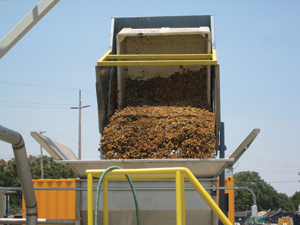
Waste Not, Want Not
By Jessica Ebert
California researchers and technology developers are commercializing a process that treats solid organic wastes such as grass clippings, food scraps, food processing byproducts, crop residues and animal wastes, and converts the materials into biogas that can be used to generate electricity, heat and transportation fuel.
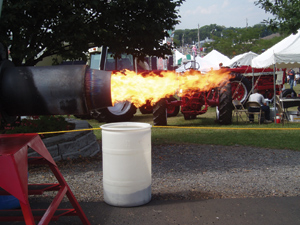
Power and Fuel From Plastic Wastes
By Ron Kotrba
An extraordinary amount of plastic occupies landfill space worldwide. Like a time capsule this could tell future generations an awful lot about us. Work by a few creative and resourceful people may change the message we choose to leave.
Biodiesel Trade Wars
By Ron Kotrba
Complaints from the European Biodiesel Board are the subject of a serious trade investigation underway across the pond. The Europeans claim U.S.-subsidized B99 imports are causing injury to its domestic biodiesel industry. If the allegations are found to be true, the timing-if nothing else-may be a godsend.
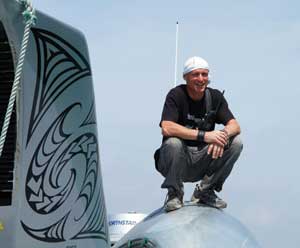
Around the World in 60 Days
By Erin Krueger
To draw global attention to the potential of alternative fuels, the B100-powered speedboat Earthrace conquered the world speed record for circumnavigating the globe in a powerboat.

Catalyzing Future Fuels
By Jerry W. Kram
Enzymes are the key to making much of biofuels production efficient and profitable, but not when it comes to biodiesel. Enzyme producer Novozymes aims to change that by creating an entirely new biodiesel production process. If successful, this process would lower biodiesel's already low carbon footprint and make it a top choice for those seeking to reduce greenhouse gas emissions.
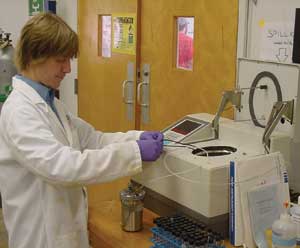
Biodiesel on Campus
By Ryan C. Christiansen
College students are making biodiesel because they want to do something to reduce the nation's dependence on foreign oil and to make the planet a better place to live.

Handling Hot Work Hazards
By Kris Bevill
The risks associated with performing hot work in a biodiesel facility are many. Fires and explosions caused by sparks from lit torches are, unfortunately, not uncommon. Each incident has its own string of causes and effects, but every loss caused by hot work is 100 percent preventable.
Making the Best of Wastewater
By Susanne Retka Schill
Two Mississippi State University researchers are exploring the possibility of extracting oil from microorganisms fattened up in wastewater treatment facilities to produce biodiesel.
Contributions
Emerging Process Optimization Opportunities for Ethanol Facilities
By Philip A. Marrone, Kenneth R. Liberty and David J.

Carbon Footprint, Trade Evolving with Industry
By Sam Rushing

Analyzing the Complex 2008 Corn Crop
By Elaine Kub
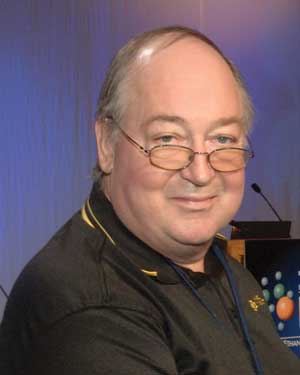
Yield Remains Key to Determining Profitability
By Dave Kelsall
Knocking Down the Dust
By Petru Sangeorzan
European companies that burn biomass have been managing emissions for decades. Now a common device-the electrostatic precipitator-is increasingly being used in North American biomass processing.

Determining the Ownership of Landfill Gas
By James E. Goddard and Patrick Beaton
The process of collecting methane from landfills is gaining momentum throughout the country. The question remains: Who really owns the gas?

